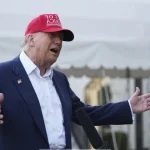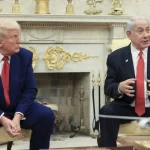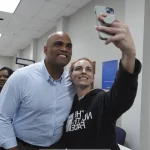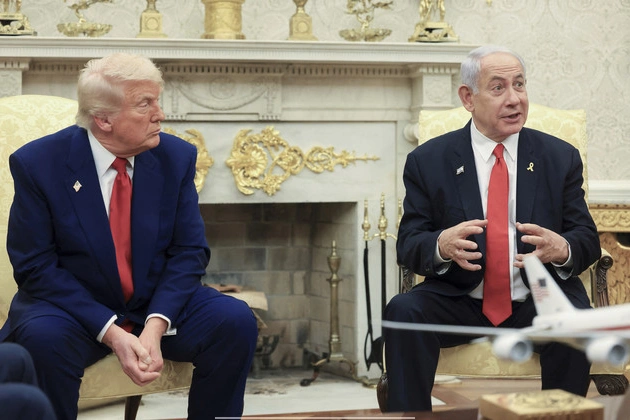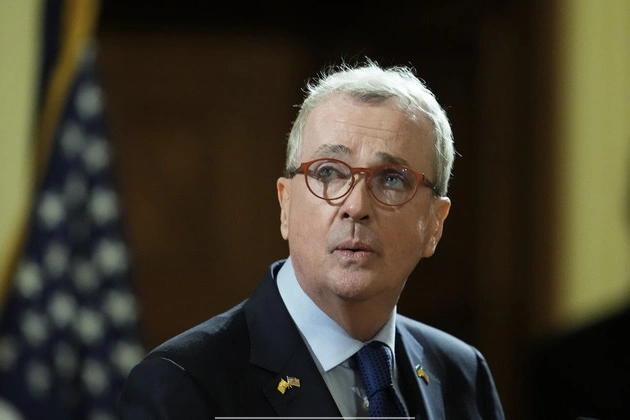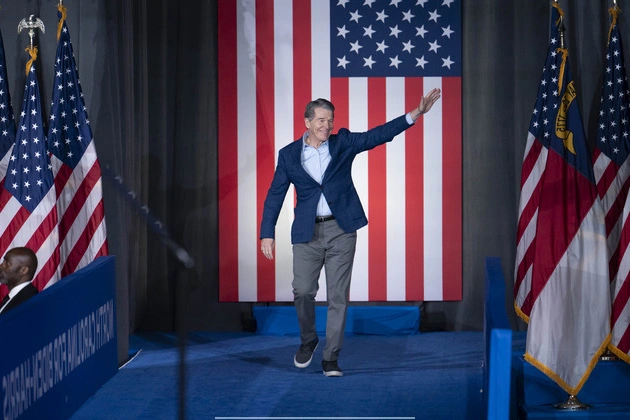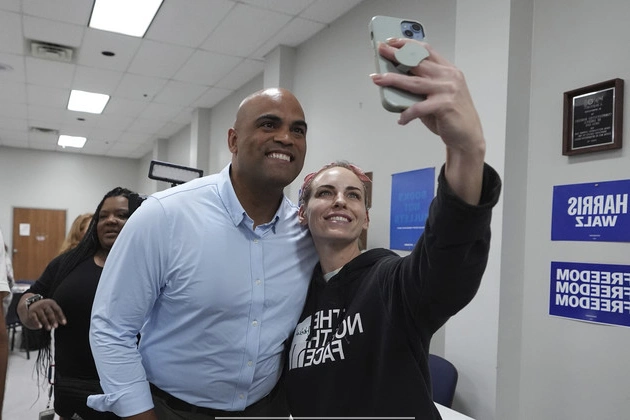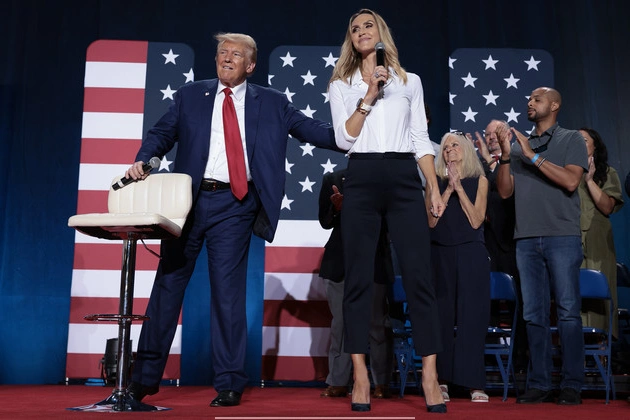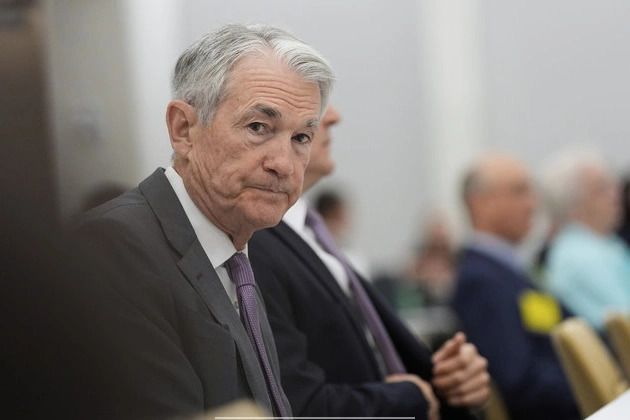
Federal Reserve Stands Firm on Interest Rates
Despite President Donald Trump’s persistent calls for lower interest rates, the Federal Reserve announced its decision to keep rates steady, signaling a cautious stance in the face of economic challenges.
The central bank’s policymakers expressed less certainty about significant rate cuts compared to previous assessments, with projections indicating a potentially shallower trajectory for rate adjustments.
Trump’s Criticism and Economic Impact
President Trump’s vocal criticism of Fed Chair Jerome Powell and the decision not to lower rates reflects a divergence in monetary policy views. Trump’s concerns about high interest payments and the need for rate cuts clash with the Fed’s focus on economic indicators.
While inflation hovers near the Fed’s target, uncertainties related to trade policies and global economic trends add complexity to the decision-making process.
Challenges and Considerations
The Fed’s balancing act between supporting economic growth and managing inflation risks remains a critical issue. With unemployment at low levels but signs of economic deceleration emerging, the Fed faces the challenge of promoting growth while keeping inflation in check.
Market dynamics, including the impact of tariffs on consumer behavior and business investments, further complicate the Fed’s policy outlook. The interplay between economic data, trade tensions, and geopolitical factors underscores the need for a nuanced approach to monetary policy.
Looking Ahead
As the Fed monitors economic developments and assesses risks, the path for future rate adjustments will depend on a range of factors. The Fed’s commitment to data-driven decisions and its mandate to support stable prices and maximum employment will guide its policy actions in the coming months.
While uncertainties persist, the Fed’s focus on maintaining a balanced approach to monetary policy underscores its role as a key player in shaping the economic landscape.
